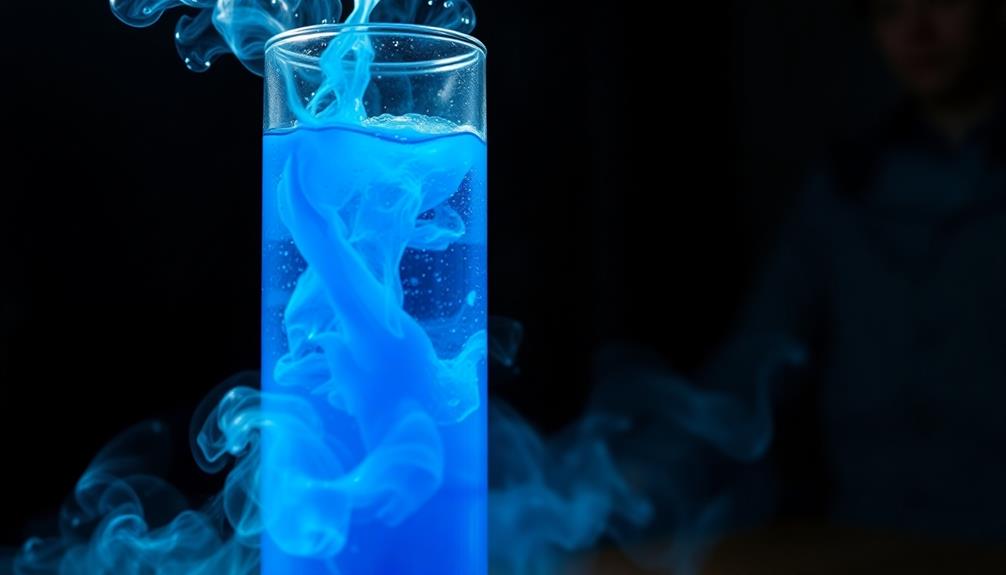Radon doesn't smell like anything at all! It's a colorless and odorless gas that comes from the natural decay of uranium in soil and rock. Since you can't see or smell radon, it can sneak into your home without you noticing. This makes it very important to test your house for radon levels, especially in places like basements where air doesn't flow well. High levels of radon can be dangerous to your health, so being aware and proactive is key. If you're curious about how to keep your home safe from radon, there's more exciting info just ahead!
Key Takeaways
- Radon is a colorless, odorless, and tasteless gas, meaning it cannot be detected by smell.
- Unlike some gases, radon does not have any distinctive odor to alert individuals.
- Misconceptions exist that dangerous gases must have a detectable smell, leading to false security.
- Testing is the only reliable method to determine radon presence in homes.
- Awareness of radon's undetectable nature is crucial for ensuring family safety through regular testing.
Introduction
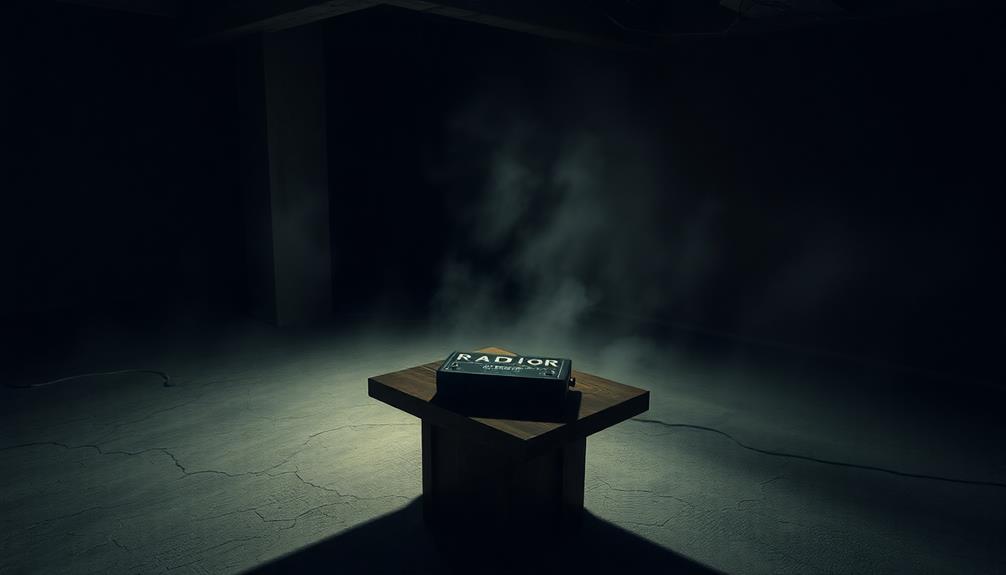
Radon is a gas that poses serious health risks, yet many people don't realize its dangers because it's colorless, odorless, and tasteless. This means you can't smell it at all, which makes it tricky to detect. It comes from the decay of uranium found in soil and rock, and it can build up in places like your basement.
That's why knowing about radon is so important for keeping you and your family safe!
Since radon gas has no smell, it's essential to test your home for its levels. You might think your home is safe just because you can't smell anything, but that's not the case! Without testing, you won't know if there are high levels of radon gas lurking around.
To protect yourself, you should consider getting a radon test kit. It's easy to do, and it can give you peace of mind.
Description of the Smell
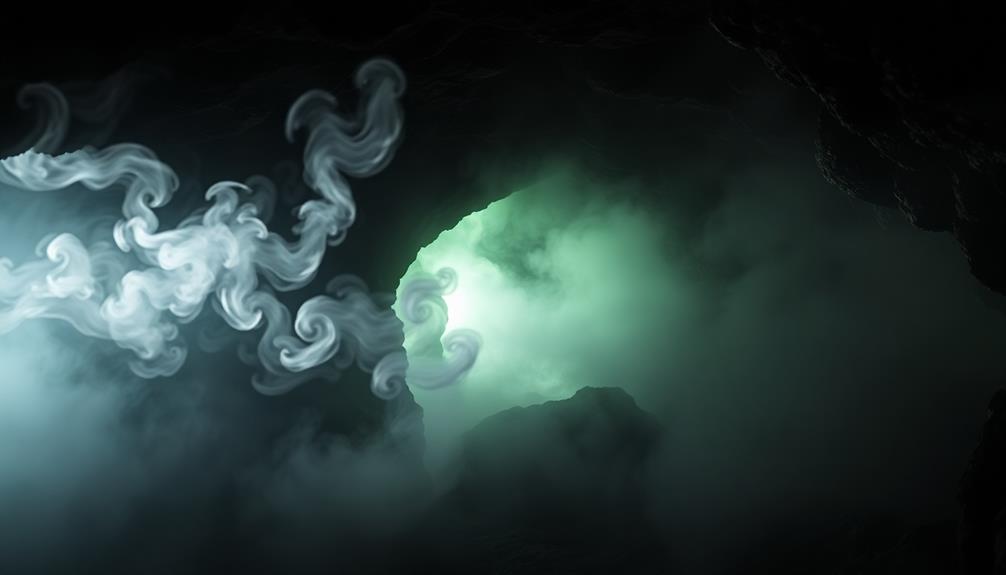
You might've heard that some gases have distinctive odors, like the smell of rotten eggs from hydrogen sulfide. But here's the twist: radon is different! This gas is completely odorless, meaning you can't smell it at all. Isn't that surprising? Despite its lack of odor, radon is still a hazardous substance, often accumulating in homes and posing serious health risks like lung cancer. Unlike the comforting aroma of the scent of chamomile, radon gives no clues about its presence, making it crucial to test for it regularly in enclosed spaces. Ignoring it simply because you can’t detect it with your nose can lead to dangerous consequences.
Unlike other gases that give off strong smells, radon sneaks around without any scent, making it tricky for homeowners to detect.
Because radon doesn't have a smell, it's super important to test for it. You can't rely on your nose! Using specialized testing kits is essential to check the radon levels in your home. If you don't test, you mightn't even know it's there, which can be a safety concern for you and your family.
Being aware that radon is odorless helps you understand why testing is so crucial. It's like a hidden danger that can only be revealed through proper checks.
Source and Composition
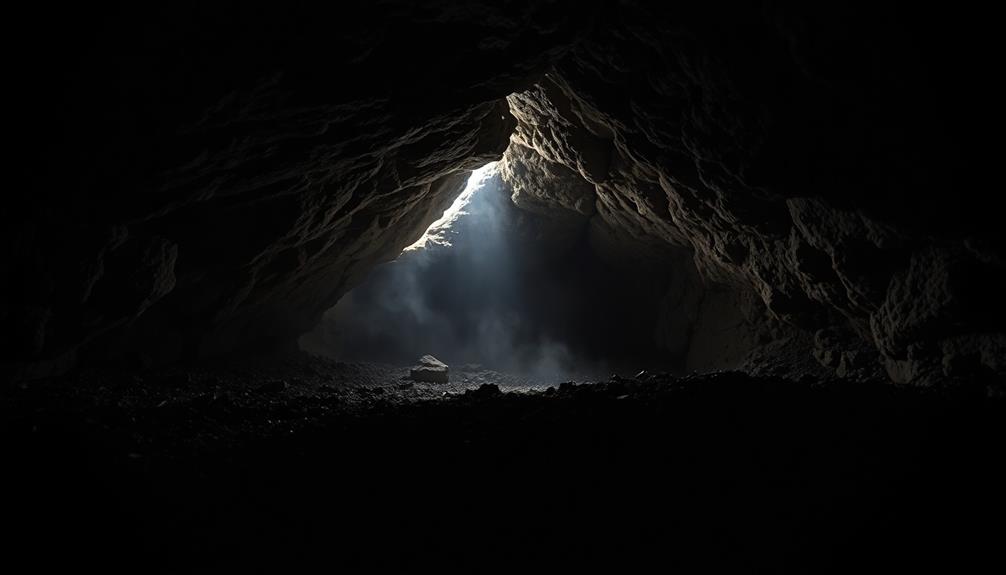
One significant source of radon gas comes from the natural decay of uranium, which is commonly found in soil and rock. This radioactive gas is colorless, odorless, and tasteless, meaning you can't detect it without special equipment. Isn't that surprising? Many people might think they'd smell radon, like rotten eggs or something similar, but that's not the case.
Radon can build up in homes, especially in places like basements. Since it doesn't emit any smell, it's essential for you to test for radon to know its levels in your living space. Testing is the only way to ensure you're safe from the potential dangers of high radon levels.
If you find elevated radon levels, don't panic! There are solutions to help reduce it. Being aware of radon's characteristics is crucial for homeowners.
You can take action to protect your family and ensure a healthier home environment. So, remember, radon may be an odorless gas, but your awareness and testing can make a big difference in keeping your home safe!
Typical Scenarios or Environments
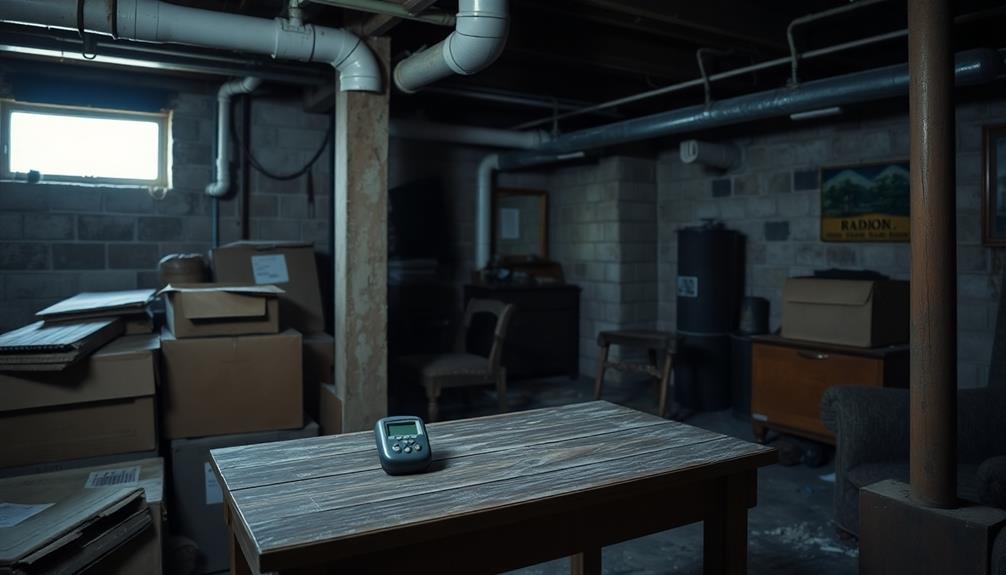
Homes with poor ventilation, especially those with basements, often see higher concentrations of radon gas. You might think radon smells like something, but that's a common misconception. Radon doesn't smell, taste, or even look like anything at all! It's a colorless and odorless gas, which can make it sneaky. This means if you have radon in your home, you won't notice it just by walking around.
Basements are particularly at risk because they can trap radon gas. Since they're often less ventilated, the levels in your home could be higher than you expect. About 1 in 15 homes in the U.S. has radon levels that exceed the EPA's safe limit of 4.0 pCi/L. That's why regular radon testing is super important!
You can't rely on your nose to tell you if radon is around. Testing is the only way to know for sure. If you're a homeowner, consider testing your basement floor and other areas. It's a simple step to keep your family safe and enjoy your home worry-free!
Emotional or Cultural Associations
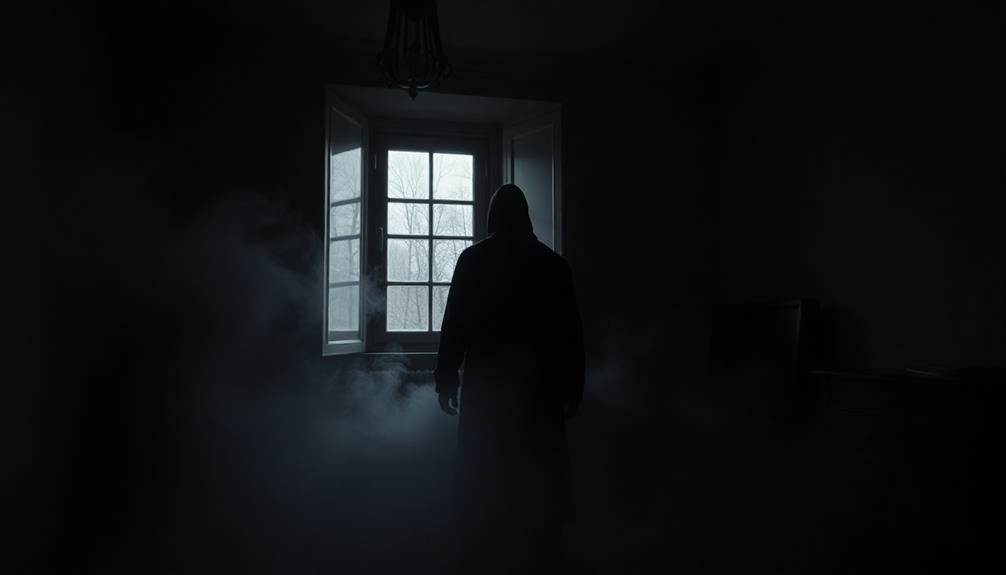
Misunderstanding radon's properties can lead to emotional and cultural associations that create a false sense of security. Many people believe that dangerous gases must have a smell, like rotten eggs. However, radon is an odorless gas, meaning it doesn't smell at all! This lack of scent can make detecting radon tricky, and it often leads to confusion.
In some cultures, people focus on smells to determine air quality and safety, which can overshadow the real need for testing. Just because you can't smell radon doesn't mean it's not there. This mindset can be dangerous because it makes people think they're safe without really knowing.
Public health campaigns work hard to spread awareness about radon and its odorless nature. They remind everyone that regular testing is the best way to find out if radon is in your home.
It's crucial to rely on science instead of smells. By understanding that radon is a hidden threat, you can take action to protect yourself and your family.
Health or Safety Considerations

Radon poses serious health risks that often go overlooked due to its silent nature. This radioactive gas is colorless, odorless, and tasteless, making it nearly impossible for you to detect without testing.
Did you know that prolonged exposure to elevated radon levels, particularly above 4.0 pCi/L, can significantly increase your risk of lung cancer? That's right, lung cancer is the second leading cause of this disease in the U.S.
It's crucial to test your home to ensure safety. About 1 in 15 homes have radon levels exceeding the EPA's recommended action level. If you find high levels, don't worry! You can install Radon Mitigation Systems to reduce the levels and protect your family.
Sometimes, people mistake radon symptoms for other illnesses, like headaches or flu-like symptoms. This can lead to confusion and delay action.
Final Thoughts

Understanding the dangers of radon is essential for every homeowner.
It's important to know that radon is a colorless, odorless gas, which means you can't rely on your nose to detect it. Many people mistakenly believe that radon has a terrible smell, but that's just not true! This makes it super important for you to test for radon in your home regularly.
High radon levels can seriously affect your health, especially your lungs. In fact, radon is a leading cause of lung cancer among non-smokers! So, being aware of radon and its risks is crucial. You need to take action to keep your home safe.
Public health campaigns are working hard to educate everyone about radon and why testing is so important.
Remember, you can't smell radon, but you can take steps to protect yourself and your loved ones. So, don't wait! Get a radon test done and know about radon levels in your home.
Frequently Asked Questions
What Does a Radon Leak Smell Like?
You might wonder what a radon leak smells like, but you won't detect any scent. Radon's colorless and odorless nature means you need specialized testing to identify its presence in your home. Stay safe!
What Are the Symptoms of Too Much Radon?
You might not notice immediate symptoms from too much radon, but long-term exposure can lead to serious health issues. Headaches, fatigue, and flu-like symptoms could signal elevated radon levels in your home. Regular testing's essential.
How Do I Know if There Is Radon in My House?
To know if there's radon in your house, you should test it. You can use DIY kits or hire professionals. Regular testing, especially every two years, helps ensure your home's air quality remains safe.
What Houses Are Most at Risk for Radon?
If you live in an older home, especially with a basement or crawl space, you're more at risk for radon. Homes built on uranium-rich soil, like those in Northern Illinois, can also have elevated levels.

